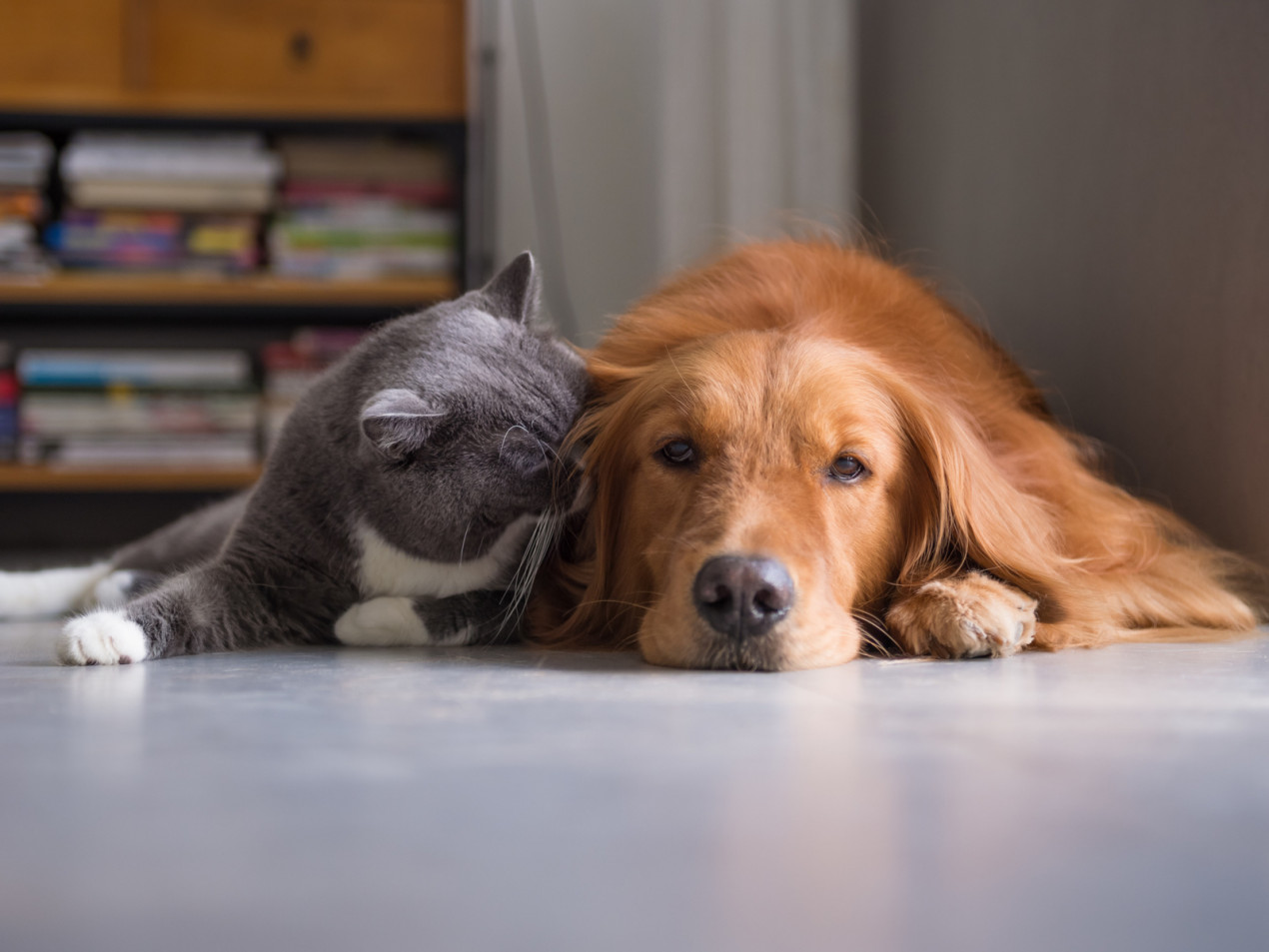Keeping your pet safe and calm when driving them to the vet
Dealing with a sick or injured pet is a very frightening experience for any owner. When you find yourself faced with a pet emergency, getting your pet the treatment they need as quickly as possible should be your main priority.
We’ve written up a few tips to help you keep your pet safe and calm when transporting them to the vet in an emergency.
Don’t forget to call your local vet or, out of hours, your nearest Vets Now to let them know you are coming and what is wrong with your pet. This will ensure that the team are prepared for your arrival and have the necessary equipment to hand.
1. Plan your transport
If you don’t have access to your own vehicle, consider who you can call on to take you to the vet. If you are unable to get a lift, some taxi firms are willing to transport animals for a fee. Look online for pet-friendly taxis or a local pet ambulance in your area. If possible, plan ahead and make arrangements for getting to the vet in an emergency.
2. Keep yourself safe
Remember to approach your pet carefully. Even the friendliest of pets may scratch or bite when they are in pain. It’s safer to approach your pet from the side, making sure to avoid their mouth.
It might go against your instincts but you shouldn’t hug your pet when they are in pain. You could put yourself in danger of being bitten and cause them even more distress.
3. Carefully transport your pet to the vehicle
When moving or transporting an injured pet, make sure to avoid moving their head, neck,or spine. If they are confused or disoriented you should keep their head level when transporting them to the vehicle.
Dogs should be:
- On a well-fitted, non-extending lead, if they are able to walk
- In a secure carrier if they are small enough and unable to walk
- Carried on a large, tough blanket, if they are large and collapsed or seizuring. This will require several people to lift the makeshift stretcher at the same time
Cats and small animals should be in a secure pet carrier that is:
- Strong and waterproof
- Well ventilated, allowing your pet to breathe easily
- Enclosed, so they feel safe
- Easily accessible, so the vet can quickly get access to your pet
- For cats, the carrier should have holes large enough so that you can see them
4. Keep your pet secure in the car
Make sure that pets feel safe in the car by securing carriers and making sure they can’t fall over. Secure your dog using a dog seatbelt if it is possible to do so.
5. Reduce anxiety during the journey
It is natural for your pet to feel nervous in this situation, so help keep them calm by bringing a blanket or toy that has the familiar scent of home. You might also want to consider using a pheromone spray which is designed to ease anxiety.
6. Keep calm
If you are reading this advice because you are dealing with a pet emergency, remember to keep calm. Your pet is relying on you to get them to the vet safely, so take deep breaths and remember to focus on driving. Make sure you know the directions to the clinic – take the directions with you or use sat nav to help. If possible, take someone else with you for support.



